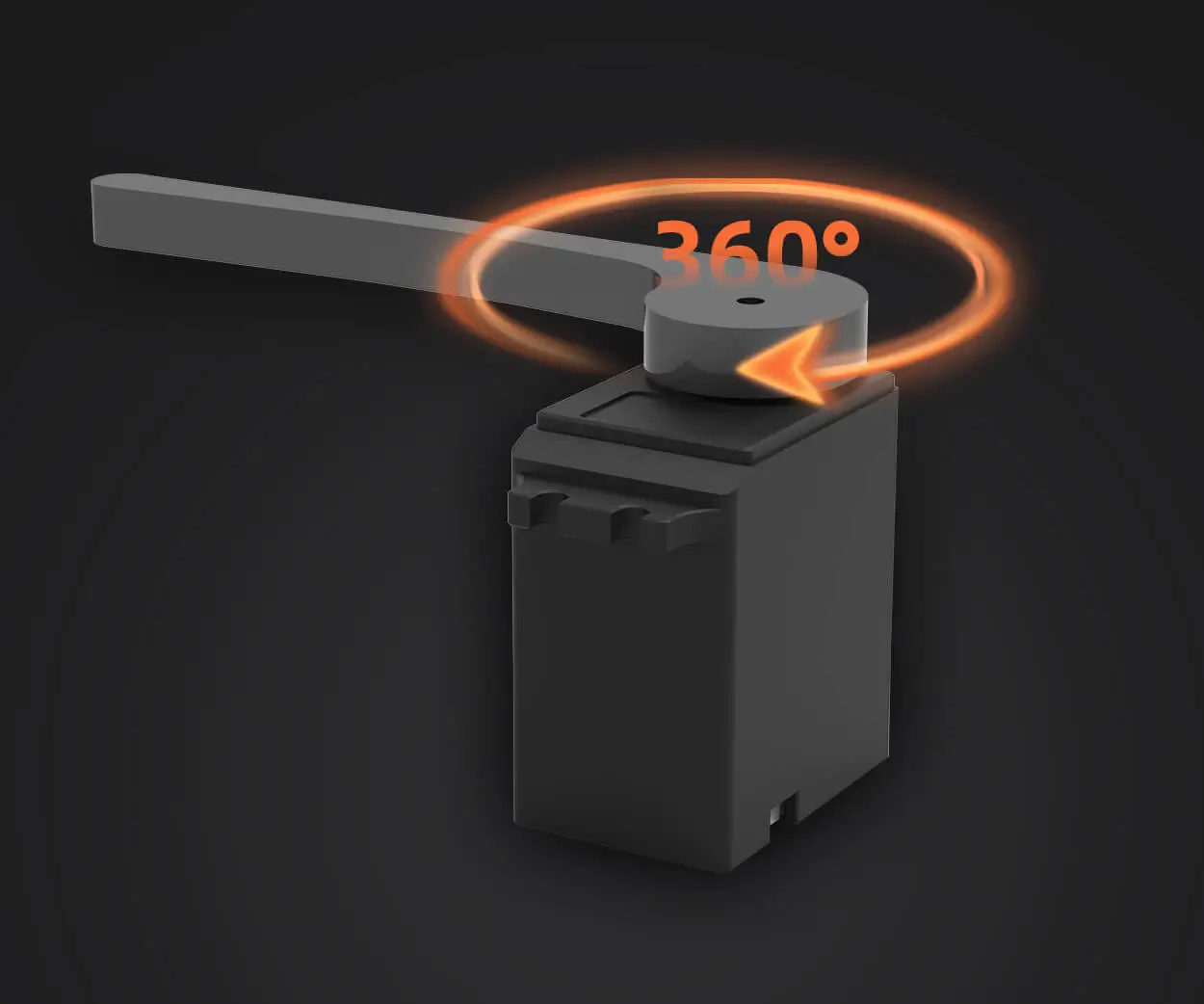In the rapidly evolving landscape of automation, robotics, and intelligent systems, servo motors have emerged as the unsung heroes powering precise movement and control. Among the many varieties, the 270-degree servo motor stands out as a versatile contender, offering a blend of accuracy, speed, and adaptability that continues to captivate engineers, hobbyists, and industry professionals alike.

Understanding the Basics of Servo Motors
Before diving into the specifics of the 270-degree variant, it’s helpful to understand what makes servo motors unique. Unlike standard DC motors, which rotate continuously, servo motors incorporate built-in feedback systems—usually potentiometers or encoders—that allow for precise position control. This closed-loop system ensures that the motor's shaft reaches and maintains a specified angle, making servo motors an ideal choice for applications requiring detailed positioning.
Typically, servo motors are characterized by their range of motion. Common models swing from 0 to 180 degrees, covering half a circle, and are often used in hobby robotics and remote-controlled vehicles. However, the 270-degree servo motor offers a broader range, enabling more complex movements and greater flexibility.
What Is a 270-Degree Servo Motor?
A 270-degree servo motor is designed to provide rotational movement over a range of up to 270 degrees—that's nearly three-quarters of a circle. This extended range provides enhanced control in applications demanding greater angular precision and movement flexibility.
Unlike their standard counterparts limited to 180 degrees, 270-degree servos can handle more complex positioning tasks such as articulated robotics arms, camera gimbals, or sophisticated automation systems. Their broader movement span allows for smoother transitions and more nuanced adjustments, making them invaluable in environments where slight differences in angle can lead to significantly improved performance.
Design and Construction
The design of a 270-degree servo motor often involves advanced gear mechanisms and high-torque motors capable of delivering precise control over a wider arc. Many of these servos feature metal gears that withstand the increased strain and offer durability for demanding applications. They also incorporate high-resolution potentiometers or encoders, providing feedback with refined accuracy—sometimes as precise as 1 degree or less.
Some models incorporate digital control systems which allow for programmable parameters, fine-tuning of speed, torque, and positional limits. This customization is essential in robotics, where different tasks might require different movement profiles.
Advantages of a 270-Degree Range
Why opt for a 270-degree servo motor instead of the more common 180-degree models? The advantages are multifaceted:
Enhanced Range of Motion: The increased sweep allows for more complex and natural movements in robotic limbs, camera swivels, or precise valve control in industrial settings. Greater Precision: With a wider movement span, it's possible to achieve smoother, more refined control over a device’s position. Improved Versatility: Whether you're crafting a robotic hand with multiple degrees of freedom or a camera system that requires nuanced angles, the 270-degree servo adapts easily. Better Control Dynamics: Many models include programmable parameters, enabling deeper customization for specific applications, leading to more efficient operation.
Applications in the Modern World
The expanded capabilities of 270-degree servo motors have led to their adoption across numerous fields. For hobbyists, they unlock new levels of creativity, allowing for more articulate robots, camera rigs, or even animatronic figures. In industrial automation, they contribute to precise valve regulation, robotic arms, and conveyor systems where controlled, repeatable motion is crucial.
In robotics, especially humanoid and articulated robots, the ability to move joints through nearly three-quarters of a circle greatly enhances the realism and responsiveness of motion. For instance, a robotic arm equipped with a 270-degree servo can reach more positions without requiring additional actuators or complex arrangements.
Factors to Consider When Choosing a 270-Degree Servo
While the benefits are evident, selecting the right servo motor requires careful consideration. Here are some key factors:
Torque: Make sure the servo provides enough torque for the intended load. Higher torque ensures smoother operation under stress. Speed: Depending on your application's responsiveness needs, choose a servo with suitable speed ratings. Size and Mounting: Compatibility with existing designs is critical. Ensure the servo dimensions fit your setup. Feedback Resolution: Higher resolution feedback provides finer control, which is especially important in precise automation. Power Supply Compatibility: Ensure your power source supports the servo's requirements, including voltage and current.
In Summary
The 270-degree servo motor represents a significant advancement in the realm of precise motion control. Its ability to provide nearly three-quarters of a full rotation opens up new horizons for robotics, automation, and creative projects. With thoughtful selection and integration, these servos empower designers and engineers to craft more dynamic, responsive, and sophisticated systems.
Established in 2005, Kpower has been dedicated to a professional compact motion unit manufacturer, headquartered in Dongguan, Guangdong Province, China.




































